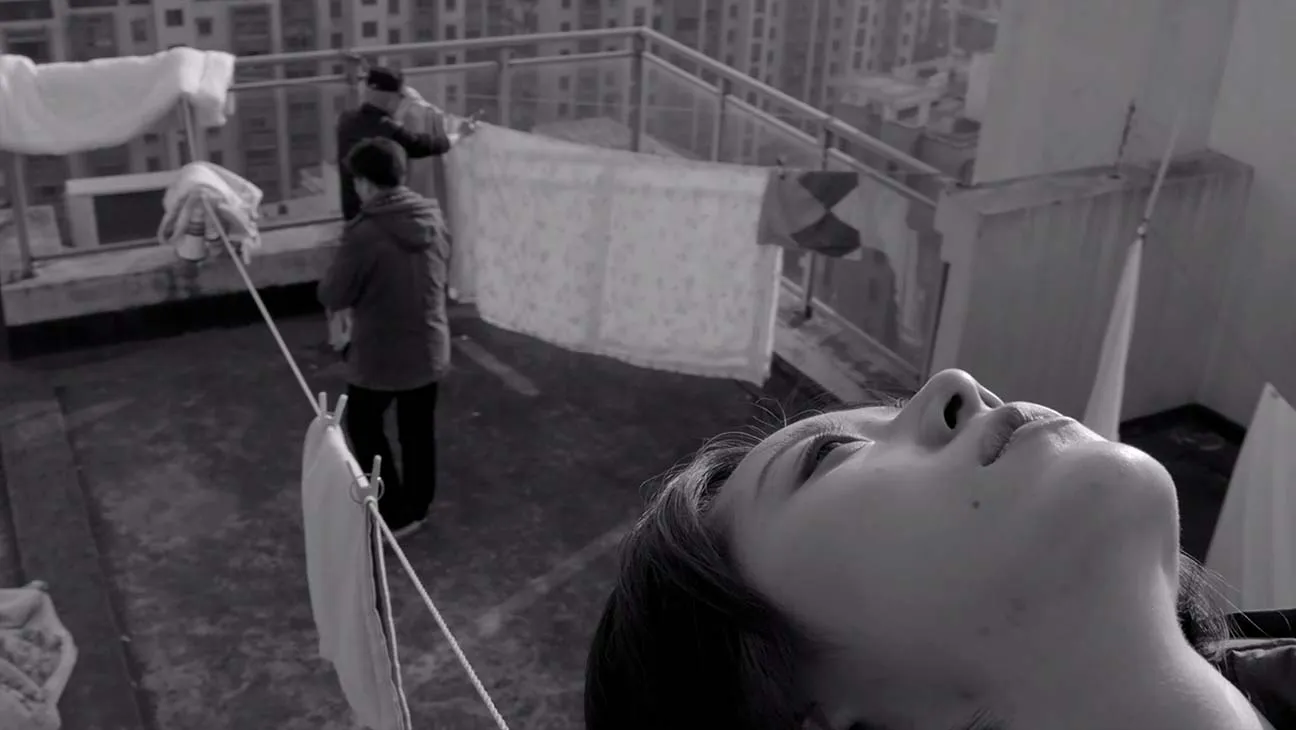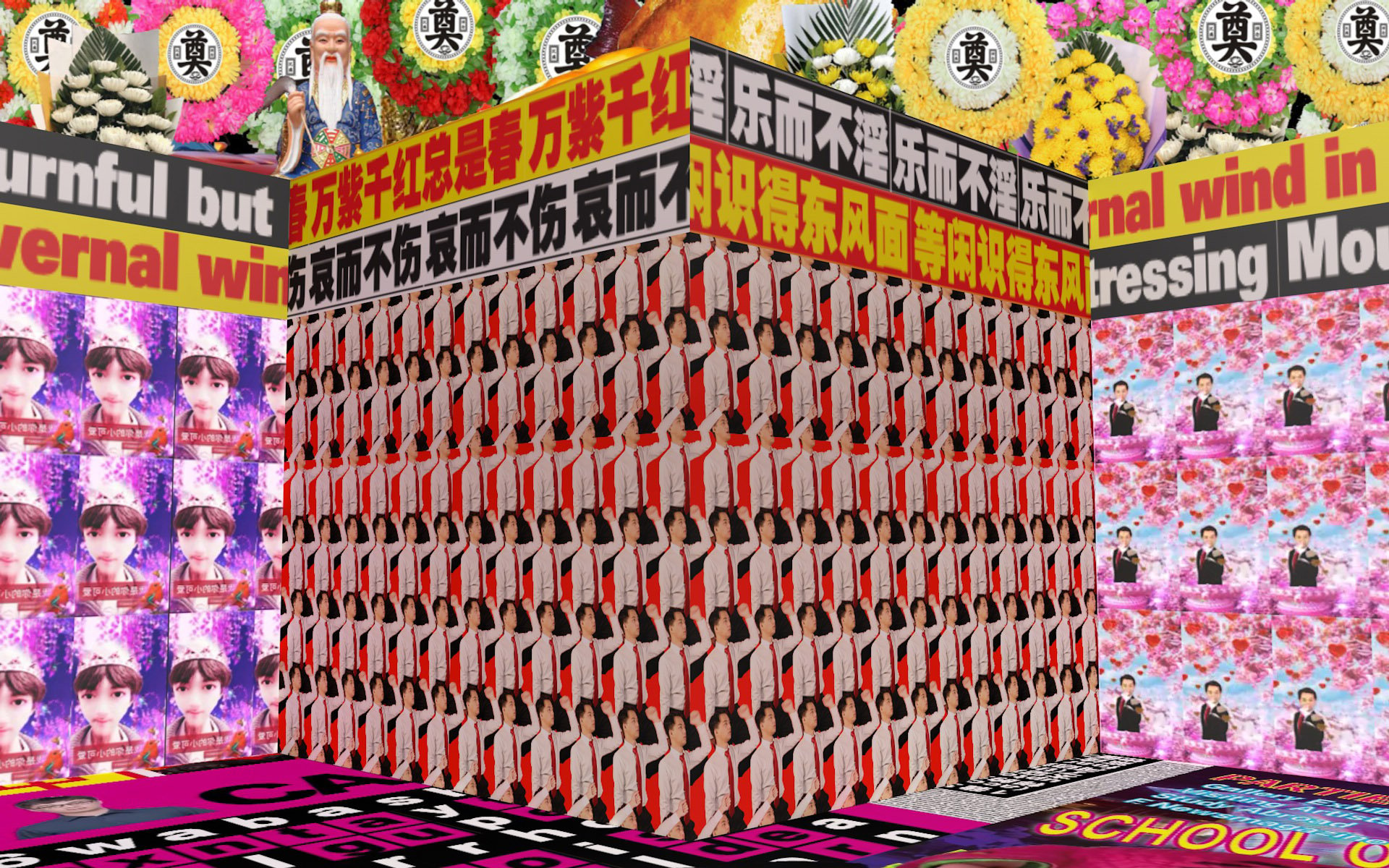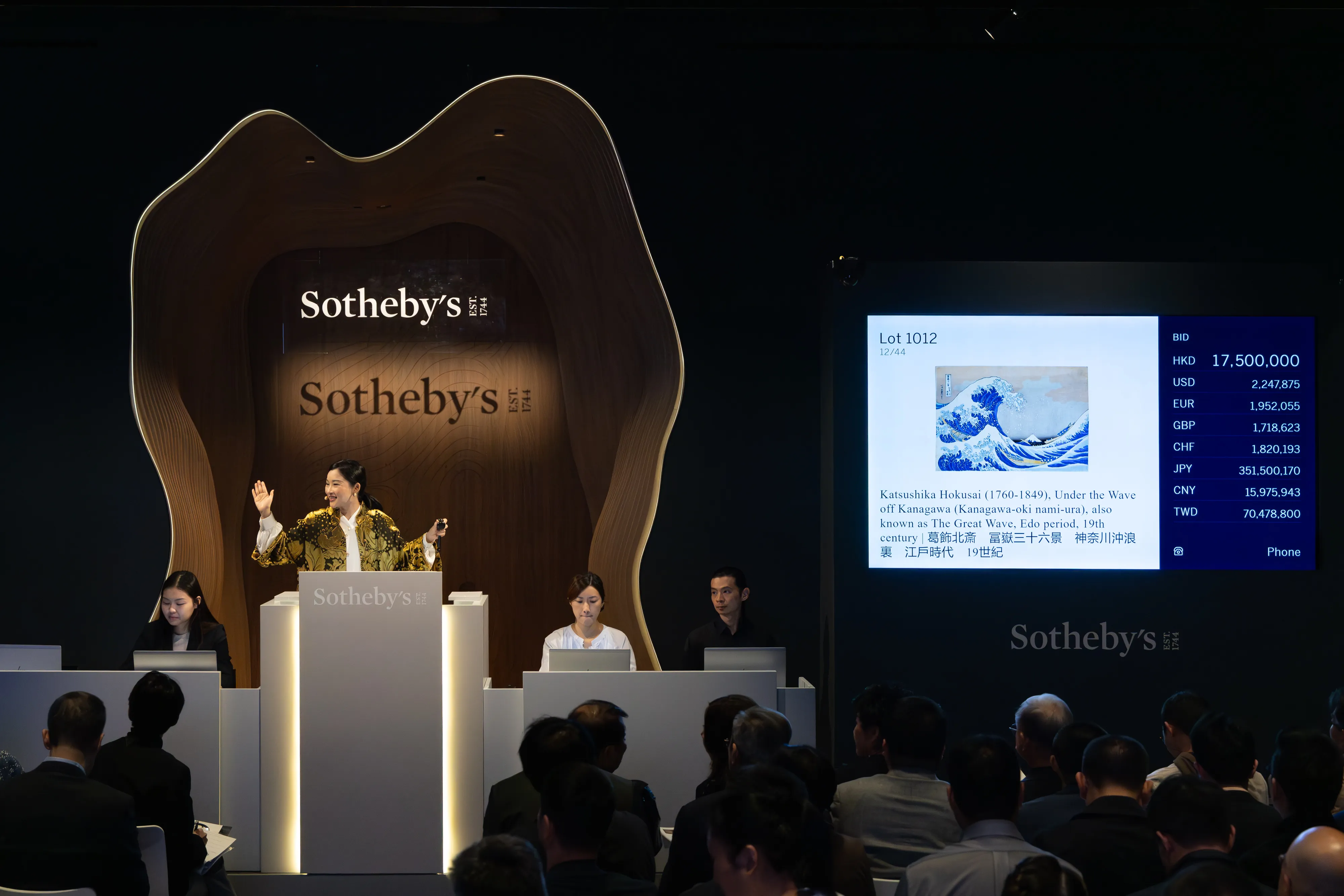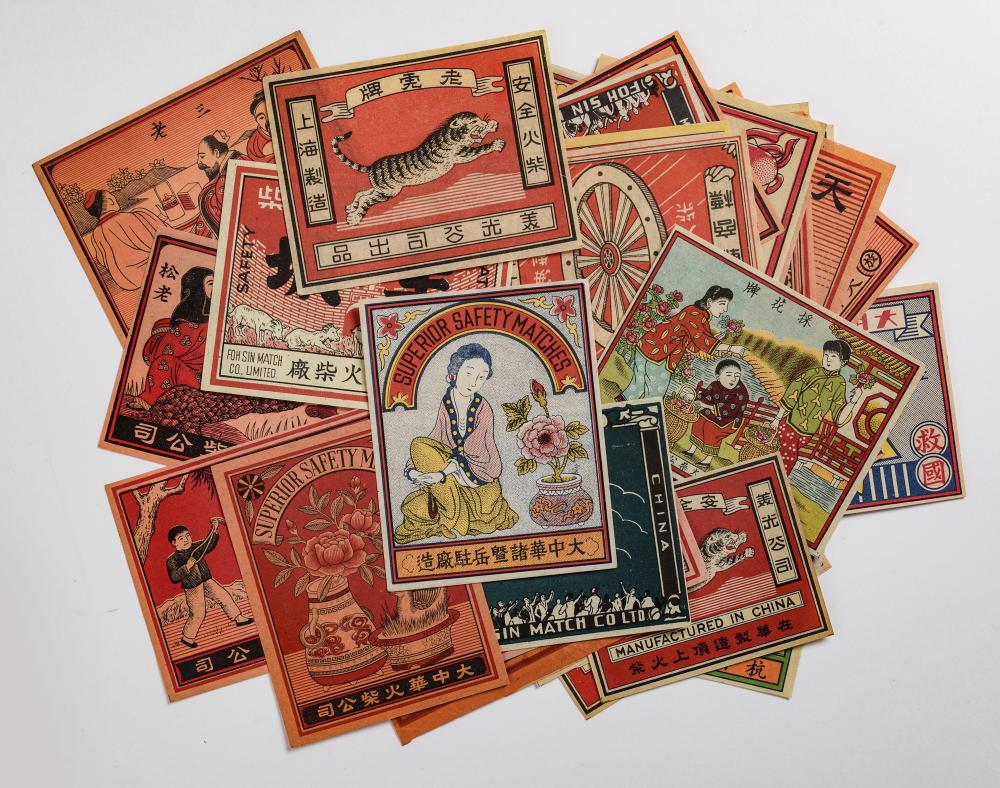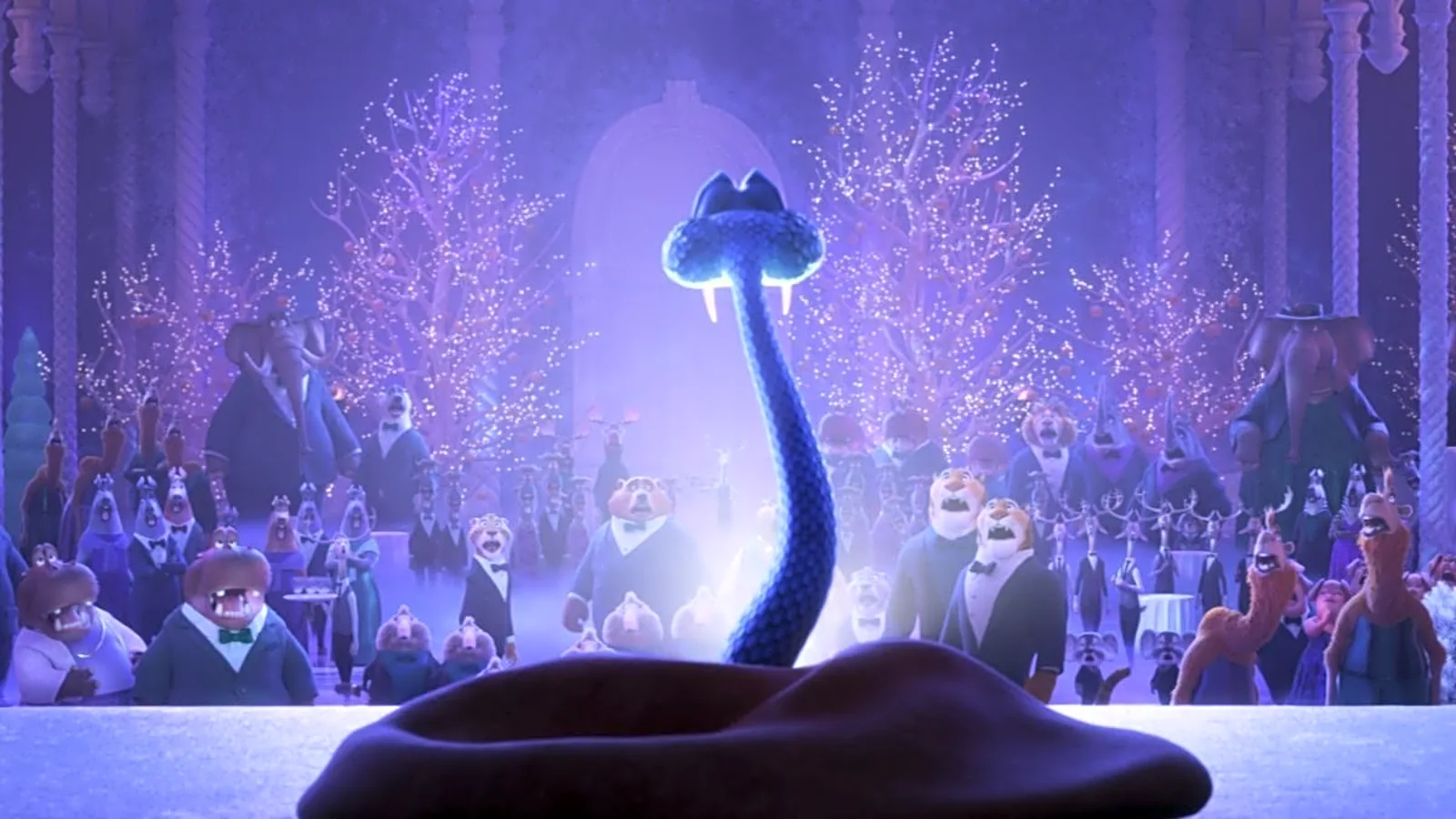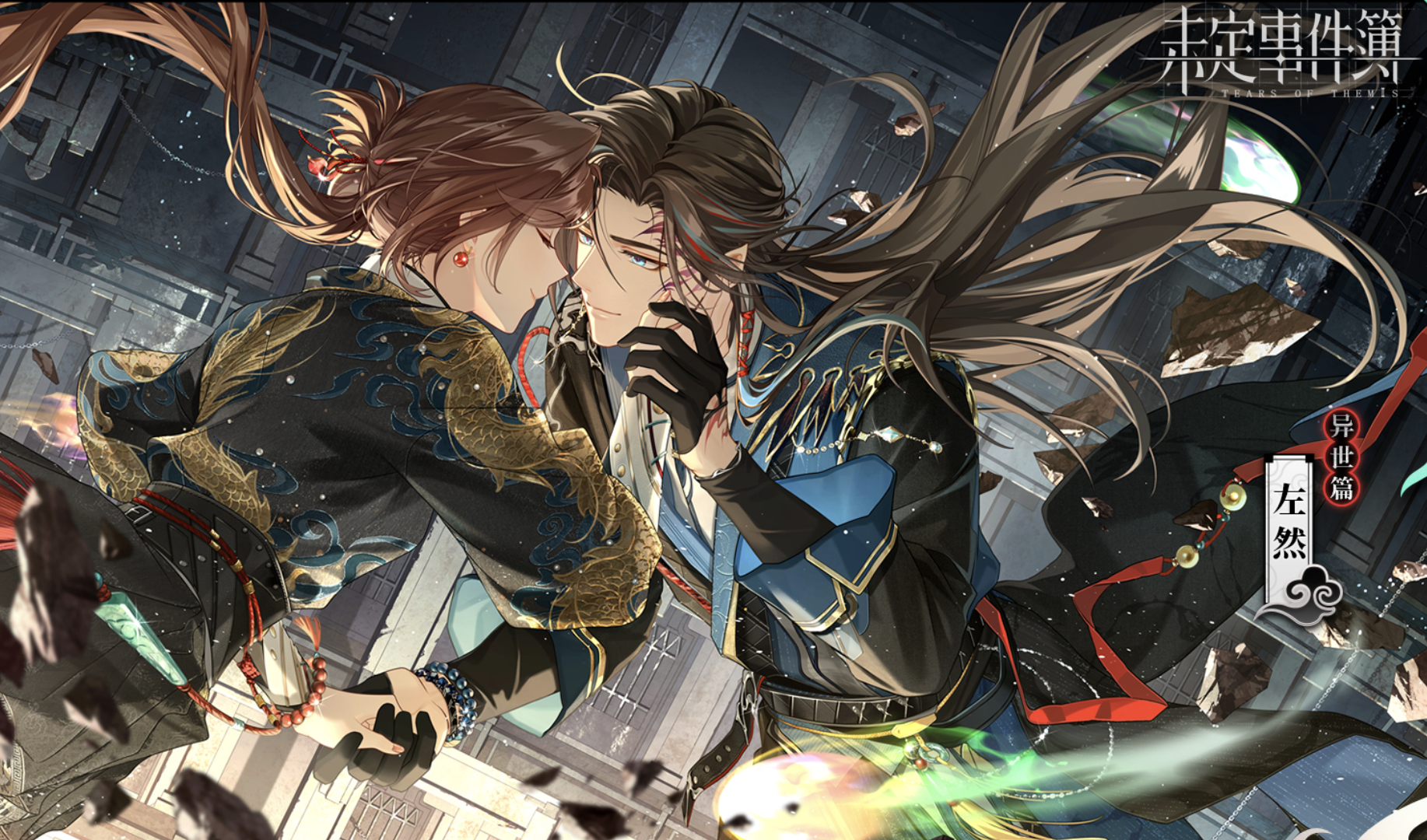Kadallah Burrowes sheds his skin often.
You might find him out in the city with his camera, or buried in his journal, penning down pieces for the literary magazine he founded. But these days, he’s more likely wandering through the boundless edges of cyberspace, building worlds from scratch in Unreal Engine.
Kadallah is part of a new wave of creators. Part artist, part coder, part director — part everything else. In an age where virtual reality has slingshotted from cartoon fantasy to an experience in the hands of anyone with a smartphone, Kadallah describes himself as being in the right place at the right time. His decision to attend NYU Shanghai put him front and center in one of the world’s first programs catered to art and creation on the frontier of technology: the school’s Interactive Media Arts department.

Photo: Kyle Greenberg
That willingness to reach out into the unknown not only set him on the direct path of the emerging field, but also allowed him to tap into the rich streams of thought, development, and ideas flowing through Shanghai as the city continues to pick up speed as a hub for outside-the-box thinkers and creators in a rapidly changing China.
Now he works as a researcher for the Program on Creativity and Innovation, while completing his degree in the early years of a major that friends back home in the States still struggle to understand. He completes large-scale exhibits for museums, and others built into the framework of Shanghai itself, all while developing new ways for the technology to impact our daily lives.
We met up with Kadallah to learn about his journey, his process, and the future of virtual reality in China and worldwide.

Photo: Ariel Dong
Radii: Can you introduce yourself?
My name is Kadallah Burrowes, and I’m an American that’s lived in China for 3-4 years, depending on how you look at it. I’m an artist, but it’s super hard for me to nail down a medium. I used to occasionally take photos for City Weekend and SmartShanghai, but have since pivoted from photography to more explicitly digital arts. I’m also the founder of an arts publication at NYU Shanghai that has focused mostly on literary arts, where I also occasionally publish my own work.
A lot of people, myself included, have struggled to understand IMA. Can you tell us about it in your own words?
IMA stands for Interactive Media Arts, and is the undergraduate baby of the Interactive Telecommunications Program (ITP) in New York, and happens to be one of the first undergraduate programs in the world tailored to such needs. I always describe IMA as a mix of coding, communications, and art. For example, I’ve taken classes in IMA about generating graphic designs using code in P5, designing devices with increased accessibility for disabled people, as well as more theoretical courses about media theory and how it’s changing in this new age of widespread social media use.
What is it that draws you to do this?
Not to sound cliche, but of course there’s that famous quote about art that immediately pops into mind. I do what I do because I have to, it’s a compulsion. I think art ultimately serves the purpose of allowing the artist to convey the way they see the world to others, and as I get older I think my worldview has become increasingly different from that of the status quo. So I think it’s become increasingly important for me to use art as a way to communicate how I feel and see things, if that makes sense.
“A 360 video comprised of Panoramic images taken from a level of Inaugural Planetary Tour, a Virtual Reality experience created to help explore the bounds of passive narrative in VR.” (View on phone)
How did you get involved with IMA?
I got involved with IMA my freshman year, when I had the pleasure of taking two classes with Clay Shirky. The first was one about media theory and it just kind of piqued my interest, but then I took a class about Accessible Design that ultimately gave me the opportunity to go talk about my design at the Microsoft Headquarters in Redmond, Washington, and I really realized that pursuing a career using IMA skills wasn’t only feasible, but the exact future I wanted. I was incredibly lucky to be in the right place at the right time, at NYU Shanghai as it first started.
What’s your focus within the field?
Right now, I focus mostly on creating work for VR. More specifically, I like working on “democratized” projects, projects that everybody — including my family back at home — will have access to just by using their smartphone, or potentially their smartphone in conjunction with a low fidelity headset like the Google Cardboard. I’ve also started leaning more towards “reality capturing” VR experiences, which use cameras to take images and videos of the real world, rather than using game engines to “fabricate reality.” That said, I still love hopping in Blender and Unreal every once in a while to create some mind-blowing experiences.

Google Cardboard is an entry-level VR immersion headset designed to bring VR experiences to the masses on a universally accessible scale
What kinds of projects are you working on right now?
Right now, I’m working on some pretty crazy projects: a location-based VR mockumentary about vampires living in Shanghai that uses QR codes hidden around the city to unlock videos, an interactive doc about fear, a music visualization piece that’ll debut at this new museum in Pudong early next year, and another really cool location-specific piece, but I’m not sure how under wraps I’m meant to keep it.
Why are you choosing to pursue this in Shanghai?
I love China. I love being in China, I love exploring China, I love trying to understand Chinese culture, and I love Chinese art. Shanghai specifically though is my favorite city in the world, it feels so dynamic and alive — I often imagine that the way I feel must’ve been what it was like to live in New York in the ’20s, except with the ultimate convenience of [taxi and food delivery apps] DiDi, Eleme, etc.
“Living in Shanghai today must be what it was like to live in New York in the ’20s, except with the ultimate convenience of DiDi and Eleme”

Preview for “Suckers” – Kadallah’s new installation set up throughout Shanghai
What kinds of things are coming next in the field of IMA/virtual reality?
I believe IMA is opening a branch in New York very soon, which is pretty cool. VR right now is in an interesting place in that everyone is talking about it, but without a real shared vocabulary. Even within the world of VR, creators are somewhat isolated from each other, so it’s hard to establish “how” exactly we talk about the differences between different experiences. But I think that programs like IMA and ITP really challenge that, because whenever you take art and put it in an academic setting, you really are faced with an opportunity to more deeply understand and examine that which is being put under the microscope. So I think the world of VR needs and subsequently will produce relatively soon digital spaces for creators to share their work and discuss — both with “the real world” but also with other creators.
“VR right now is in an interesting place in that everyone is talking about it, but without a real shared vocabulary. Even within the world of VR, creators are somewhat isolated from each other, so it’s hard to establish ‘how’ exactly we talk about the differences between different experiences.” – Kadallah Burrowes
What kind of things are coming next for the field in China, in particular?
China has been a power house for VR technology. I mean, I don’t know if you’ve been on Taobao lately, but it seems like you can’t order a bag of cat litter without the seller throwing in a VR Box headset. So I think we’re in a really interesting moment in which VR spaces are cropping up and people have real access to this technology, but a majority of the household experiences are coming out of the West. So I’m excited to see what happens when Chinese big bucks start flowing towards producing content (the same way that a lot of money has been flowing into producing blockbuster Hollywood-level films) and we get a VR adaptation of Journey to the West or The Three-Body Problem.
“We’re in a really interesting moment in which VR spaces are cropping up [in China] and people have real access to this technology” — Kadallah Burrowes

What’s next for Kadallah?
Keep on keeping on, I guess. I’m ready to graduate next semester, but of course that begs the question of what comes after. I want to ultimately become a professor, so that means I need to continue on in higher education, which I have every intention of doing. The only problem is, I want to stay in Shanghai, which means I need to take the HSK if I want to go to Chinese grad school. So I might need to work instead for a while, while I increase my Chinese level. If anyone has any paid opportunities, feel free to reach out!
Stay tuned to Kadallah’s work on LinkedIn and WeChat: @hkburrowes
